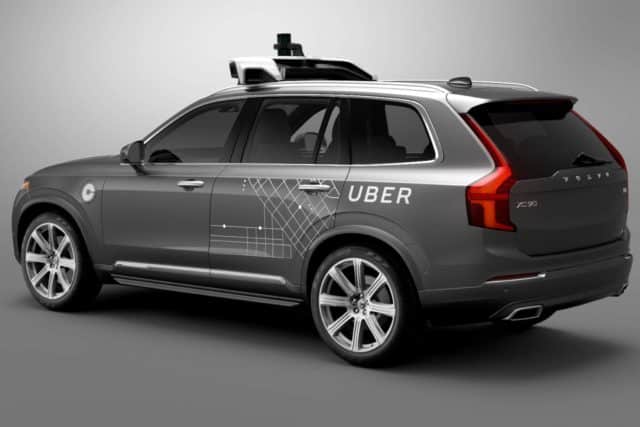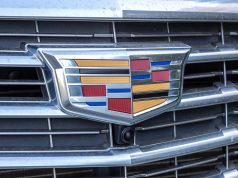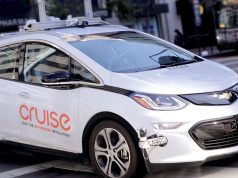This is something I have wondered for some time. Who is the co-founder of Uber? The answer ladies and gentlemen is Travis Kalanick. Travis entered Pittsburgh on a assignment. According to Bloomberg to employ many of the globes professional in independent vehicles. You’re probably wondering why Pittsburgh though? Well Carnegie Mellon University is very well known for its robotics department. The objective: to substitute Uber’s more than 1 million human drivers with robot drivers. Your probably thinking this is insane, certainly because, proper self-driving cars are not even close to ready. But of course Travis likes to disagree and honestly I don’t blame him. Look how far we have come with technology.
Uber will consent to customers calling self-driving cars from their smart phones, only in downtown Pittsburgh. This passes an imperative achievement that no automotive company has yet to accomplish. If that doesn’t highlight confidence then what does? Travis really seems like the authoritative kind of man that won’t take no for an answer. If he believes in something he will push for it. I think that is very important in terms of business. Even for example, if you are going for an interview. You have to be confident in your pitch. If it isn’t believable then how can you expect to get hired? For those who are interested in cars, Tesla Motors provides Autopilot, fundamentally a fancy cruise control that drives the car on highways.
Evidently, the car will be suited with tons of sensors that use cameras, lasers, radar, and GPS receivers. According to Bloomberg, it will be ready by 2021 and Volvo is likely to distribute a total of 100 personally customized SUVs to Uber by the conclusion of 2016. Apparently, Uber has no intention of manufacturing its own cars, but the company is willing to make a deal with auto-manufactures. I think Travis’s focal point is to build a software that can consistently maneuver a car safely without a person driving. Cause of course safety is number one. Best of all, prices for Uber will be cheaper.
According to Business Insider, Travis wants to prove that having a self-driving car won’t take over jobs. Probably the last thing people want to hear is how jobs are becoming obsolete. I want to quote Travis himself, because he outlines and makes a very good point, to backup his statement. It is just like when you’re writing an essay. When you have your thesis you need to have your points of approach or else your thesis is literally just words. Or when you’re doing an experiment.
You need a hypothesis. Travis states, “If you’re talking about a city like San Francisco or the Bay Area generally, we have, like, 30,000 active drivers. We are going to go from 30,000 to, let’s say, hypothetically, a million cars, right? But when you go to a million cars, you’re still going to need a human-driven parallel, or hybrid.
And the reason why is because there are just places that autonomous cars are just not going to be able to go or conditions they’re not going to be able to handle. And even though it is going to be a smaller percentage of the whole, I can imagine 50,000 to 100,000 drivers, human drivers, alongside a million-car network. So I don’t think the number of human drivers will go down anytime soon. In fact, I think in an autonomous world, it goes up. In absolute figures. Of course, in percentage it’s down.” (Kalanick) The fact is that a technology like this is going to open up new job opportunities like maintenance of the car.
This is of course a very assertive change with Uber, but isn’t change something that we always need in our lives? Permanence is not something that we should settle for. We need stability of course, but we also need substance. We need adjustment. How else are we supposed to learn? For example if we worked at only one job for the rest of our lives and never moved up wouldn’t that be so boring? If we don’t take risks in life we will never know the possibilities.










